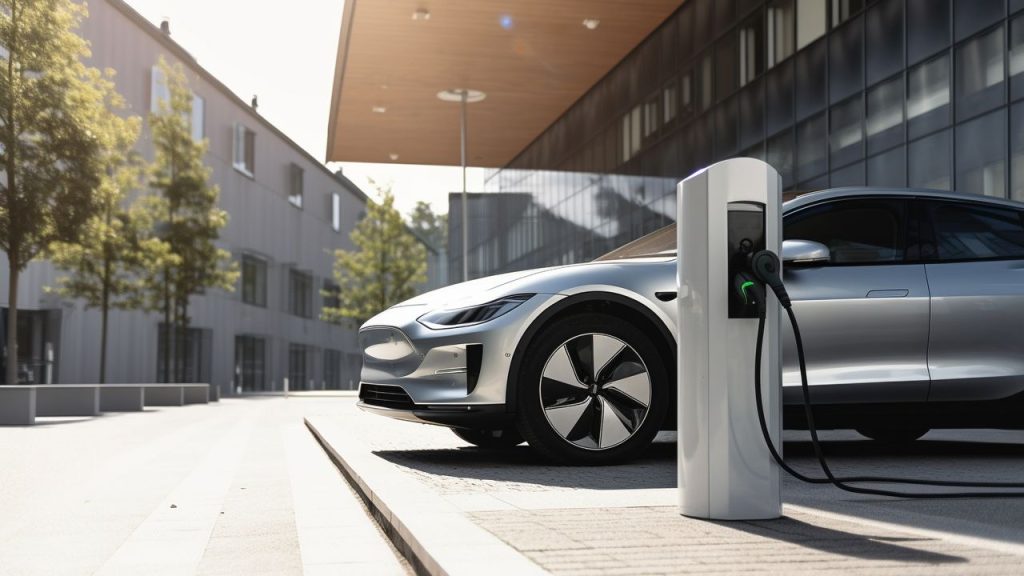Optimizing EV Charging Station Usage with Time-Based Pricing and Scheduling
As the popularity of electric vehicles (EVs) continues to rise, the demand for efficient and convenient charging solutions is also increasing. One of the key challenges in managing EV charging stations is ensuring fair access and minimizing wait times for users. This is where time-based pricing, queuing, and scheduling notifications come into play. In this blog post, we will explore how these features can optimize the usage of EV charging stations.
Charging Station Time-Based Pricing
Time-based pricing is a strategy that involves varying the cost of charging based on the time of day or other factors. By implementing time-based pricing at EV charging stations, operators can incentivize users to charge their vehicles during off-peak hours when demand is lower. This not only helps to distribute the load more evenly but also reduces the strain on the electrical grid during peak times.
For example, charging rates could be higher during the day when electricity demand is typically higher, and lower during the night when demand is lower. By encouraging users to charge their vehicles overnight, time-based pricing can help optimize the usage of charging stations and ensure that they are available when needed.
Charging Station Queuing
Queuing is another important feature that can help manage the demand for EV charging stations. When all charging stations are occupied, queuing allows users to reserve a spot in line and receive notifications when it’s their turn to charge. This eliminates the need for users to physically wait at the station, freeing up their time for other activities.
Implementing a queuing system can be as simple as requiring users to register their vehicles and contact information on a mobile app or website. When a charging station becomes available, the next user in the queue is notified, ensuring a fair and efficient allocation of charging resources.
Charging Station Scheduling Notifications
In addition to queuing, scheduling notifications can further enhance the user experience at EV charging stations. Users can schedule their charging sessions in advance, allowing them to plan their day accordingly. When their scheduled time slot approaches, users receive notifications reminding them of their upcoming session.
By providing scheduling notifications, EV charging station operators can reduce instances of missed appointments and improve overall user satisfaction. This feature is particularly beneficial for users who rely on EVs for daily commuting or have specific charging requirements.
Conclusion
Efficient usage of EV charging stations is crucial for meeting the growing demand for electric vehicles. By implementing time-based pricing, queuing, and scheduling notifications, operators can optimize the availability of charging stations, reduce wait times, and ensure fair access for all users. These features not only benefit EV owners but also contribute to the sustainability and reliability of the electric grid. As the EV market continues to expand, it’s essential for charging station operators to embrace these technologies and provide a seamless charging experience for all.


